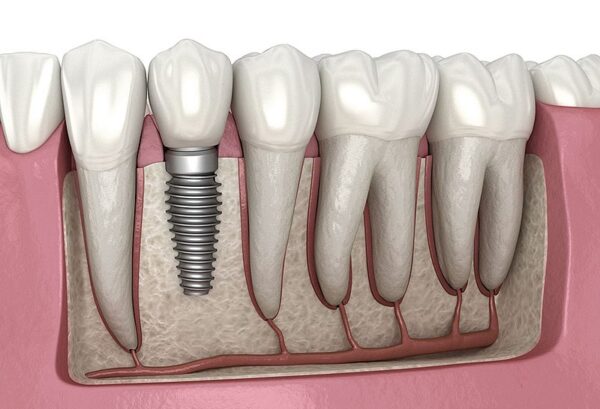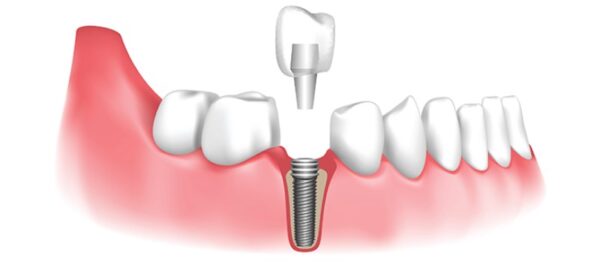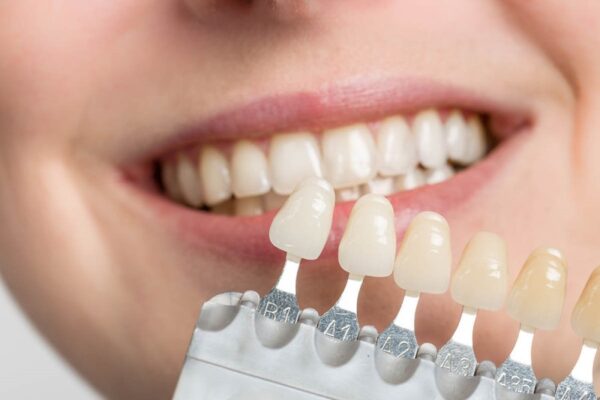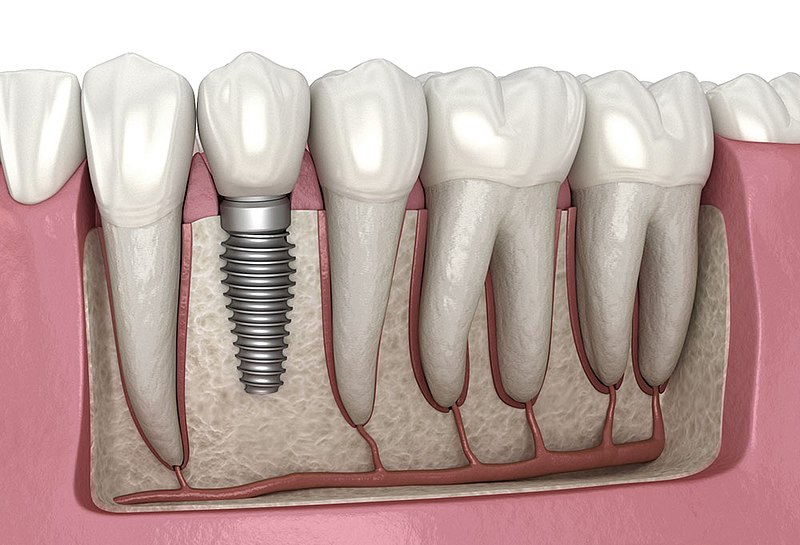Tooth implants are renowned for their ability to restore function and aesthetics, offering a durable solution for replacing missing teeth. However, circumstances may arise that require the removal of an implant, such as complications, infections, or the need for an upgrade. Understanding the factors that influence pain during implant removal can help individuals prepare for the process and manage any discomfort effectively.
Causes for removing dental implants
Dental implants are generally considered a reliable and long-lasting solution for tooth replacement. However, there are situations where removing a dental implant becomes necessary due to various reasons. Some common causes for removing dental implants include:
- Implant Failure: In some cases, dental implants might fail to integrate with the jawbone properly, leading to instability, discomfort, or infection. Implant failure can occur shortly after placement or even years later.
- Infection: If an infection develops around the implant site, it can compromise the surrounding tissues and bone. Severe infections might require removal to prevent the spread of the infection and to safeguard overall oral health.
- Bone Loss: Over time, bone loss around an implant can lead to instability and discomfort. If the bone loss becomes significant, the implant might need to be removed.
- Fracture or Damage: Trauma or accidental injury can lead to fractures or damage to the implant itself. In such cases, removal might be necessary to address the damage and replace the implant.
- Upgrade or Replacement: As dental technology advances, individuals might opt to remove older implants to replace them with newer, more advanced options.
- Allergic Reactions: Although rare, some individuals might experience allergic reactions to the materials used in dental implants. In such cases, removal might be necessary to alleviate symptoms.

How to remove dental implants?
Removing dental implants is a complex procedure that should only be performed by qualified dental professionals, such as oral surgeons or experienced dentists. The process can involve several steps to ensure minimal discomfort and the best possible outcome. Here’s a general overview of how dental implants are typically removed:
- Assessment and Planning: The first step is a thorough assessment of the implant and the surrounding tissues using diagnostic tools like X-rays. The dentist or oral surgeon will evaluate the reason for removal, the condition of the implant, and the overall oral health.
- Anesthesia: Local anesthesia or sedation is administered to ensure the patient’s comfort during the procedure. The type of anesthesia used will depend on the complexity of the removal and the patient’s preferences.
- Exposure: If the implant is covered by gum tissue, a small incision will be made to expose the implant and surrounding area.
- Loosening: Specialized instruments are used to carefully detach the implant from the surrounding bone and tissues. This step requires precision to minimize trauma to the surrounding structures.
- Implant Removal: Once the implant is loosened, it can be gently removed from the bone socket. In some cases, the implant might come out intact, while in others, it might need to be carefully disassembled if there are components attached.
- Bone Assessment: After removal, the dentist will assess the condition of the bone and tissues around the implant site. If there is any bone loss or damage, appropriate measures might be taken to address it.
- Cleaning and Sterilization: The implant site is thoroughly cleaned to remove any remaining debris, and the area is sterilized to reduce the risk of infection.
- Closure: If an incision was made to expose the implant, the site is sutured (stitched) to promote proper healing. Sutures are usually dissolvable and will gradually dissolve on their own.
- Post-Removal Care: The dental professional will provide instructions for post-removal care, which might include recommendations for pain management, oral hygiene, and dietary restrictions. Follow these instructions carefully to ensure a smooth recovery.

Is removing a tooth implant painful?
The level of pain experienced during the removal of a tooth implant can vary widely depending on several factors, including the individual’s pain tolerance, the reason for removal, the complexity of the procedure, and the expertise of the dental professional performing the removal. Here are some factors to consider:
- Anesthesia: Local anesthesia or sedation is typically used during the removal procedure to numb the area and minimize pain. The administration of anesthesia ensures that the patient does not feel pain during the actual removal process.
- Complexity: The ease of removing a dental implant can depend on factors such as how well the implant integrated with the bone, the implant’s position, and any complications that may have arisen since its placement. More complex removals might result in a longer procedure and potentially more discomfort during recovery.
- Pre-existing Conditions: If there is an infection or inflammation around the implant, there might be some discomfort associated with those conditions. Removing the implant can help alleviate these issues in the long term, but the removal process itself might involve some discomfort.
- Pain Management: Dental professionals often prescribe pain medications or recommend over-the-counter pain relievers to manage any discomfort after the procedure. Following the prescribed pain management regimen can help mitigate post-removal pain.

Post-removal care instructions
After the removal of a tooth implant, proper post-removal care is essential to ensure proper healing, minimize discomfort, and prevent complications. Here are some general post-removal care instructions that you might receive from your dental professional:
- Follow Dental Professional’s Advice: Always follow the specific post-removal care instructions provided by your dentist or oral surgeon. They will give you personalized recommendations based on your unique situation.
- Pain Management: Take any prescribed pain medications as directed, or use over-the-counter pain relievers if recommended by your dental professional. Follow the dosing instructions carefully.
- Ice Packs: Apply ice packs to the outside of your face in the first 24-48 hours after the procedure to help reduce swelling and discomfort.
- Oral Hygiene: Continue with your regular oral hygiene routine, but avoid brushing or flossing directly around the removal site for the first few days. Gently rinse your mouth with a warm saltwater solution (one teaspoon of salt dissolved in eight ounces of water) a few times a day, starting the day after the procedure.
- Diet: Stick to soft and cool foods for the first few days to minimize irritation to the removal site. Avoid very hot, spicy, or crunchy foods that could potentially disturb the healing area.
- Rest: Allow your body to rest and recover. Avoid strenuous physical activities for a few days following the procedure.

Conclusion
In conclusion, the removal of a tooth implant is a procedure that, while potentially accompanied by some discomfort, is generally manageable with the use of local anesthesia, proper pain management, and attentive post-removal care. If you have concerns or questions about the removal procedure or your recovery, consulting with a qualified dental professional will provide you with the guidance and support you need for a successful and comfortable outcome.



